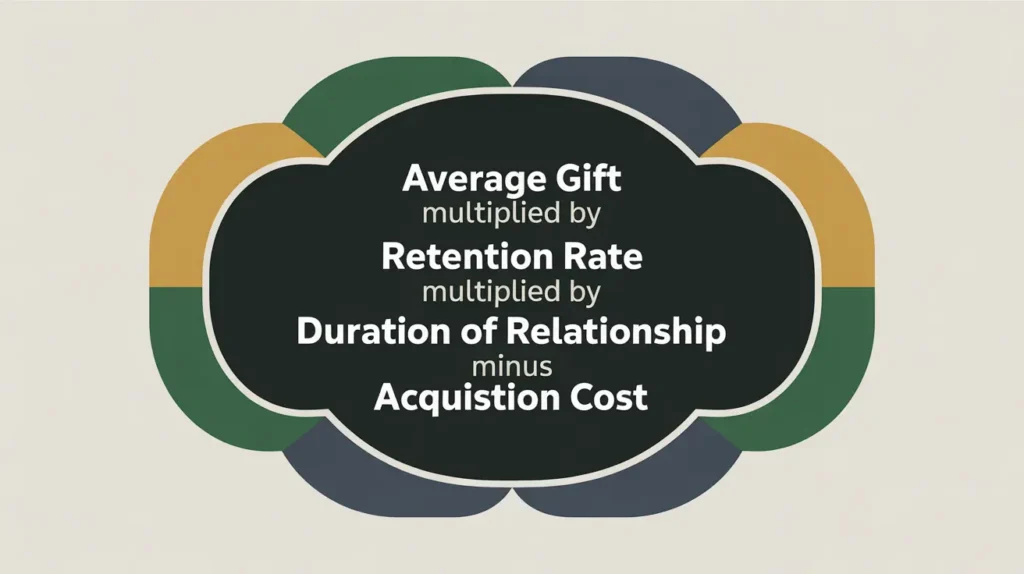Importance of Capital Funding
Capital funding provides resources for major, long-term investments rather than day-to-day operations. This matters because nonprofits often need dedicated financing for facilities, equipment, technology, or endowments that support sustainability and growth. For organizations in social innovation and international development, capital funding enables infrastructure projects like schools, health centers, or digital platforms that extend impact far beyond a single grant cycle. Boards and donors see capital funding as a way to strengthen organizational capacity and ensure the durability of mission-driven work.
Definition and Features
Capital funding is defined as donor or investor support earmarked for acquiring, building, or improving long-term assets. Key features include:
- Purpose-Bound: restricted to assets such as property, technology, vehicles, or equipment.
- Non-Operational: distinct from operating support, which funds recurring program and staff expenses.
- Time Horizon: supports projects with multi-year benefits, often requiring large, one-time investments.
- Donor Expectation: typically requires detailed justification and clear demonstration of sustainability.
Capital funding differs from project-based or programmatic funding by focusing on assets rather than activities or outcomes.
How This Works in Practice
In practice, nonprofits secure capital funding through campaigns, major donor appeals, or institutional grants. For example, an education nonprofit may launch a $5 million capital campaign to build a new training center, funded by a combination of foundation grants and individual contributions. Finance teams track capital contributions separately from operational revenue, often designating them for restricted use until assets are acquired. Boards oversee capital projects closely to ensure cost control, sustainability, and alignment with strategy. Donors expect reporting not only on financial stewardship but also on how the capital investment strengthens long-term mission delivery.
Implications for Social Innovation
For nonprofits in social innovation and international development, capital funding creates opportunities to invest in infrastructure and innovation that enable systemic change. Transparent reporting reduces information asymmetry by showing stakeholders how capital investments translate into long-term capacity. Donors view successful capital campaigns as evidence of organizational maturity and credibility. However, capital projects can also strain nonprofits if not paired with adequate operating support for ongoing maintenance. By pursuing capital funding strategically, nonprofits can strengthen their ability to scale solutions, build sustainable institutions, and achieve lasting impact in communities.







